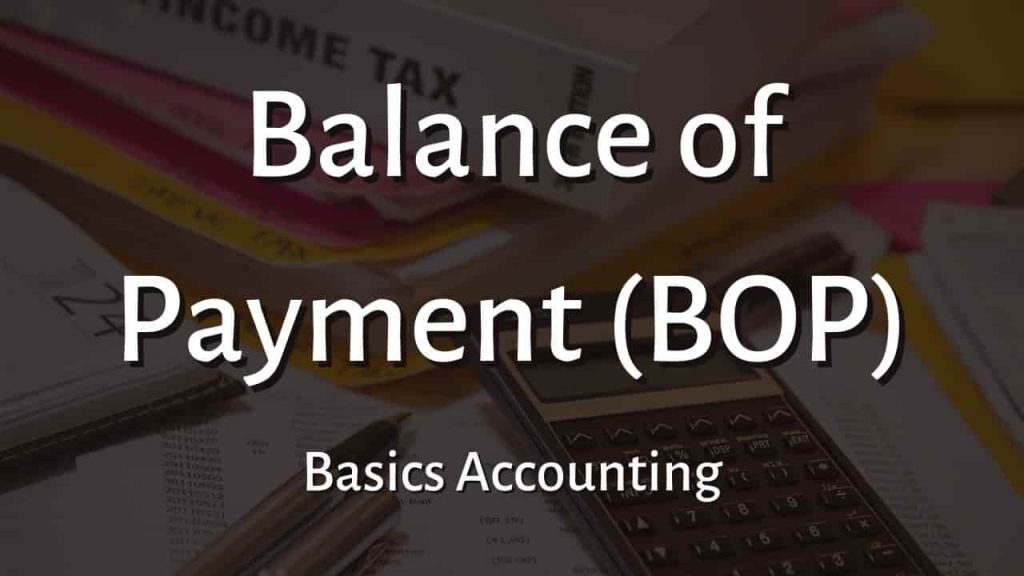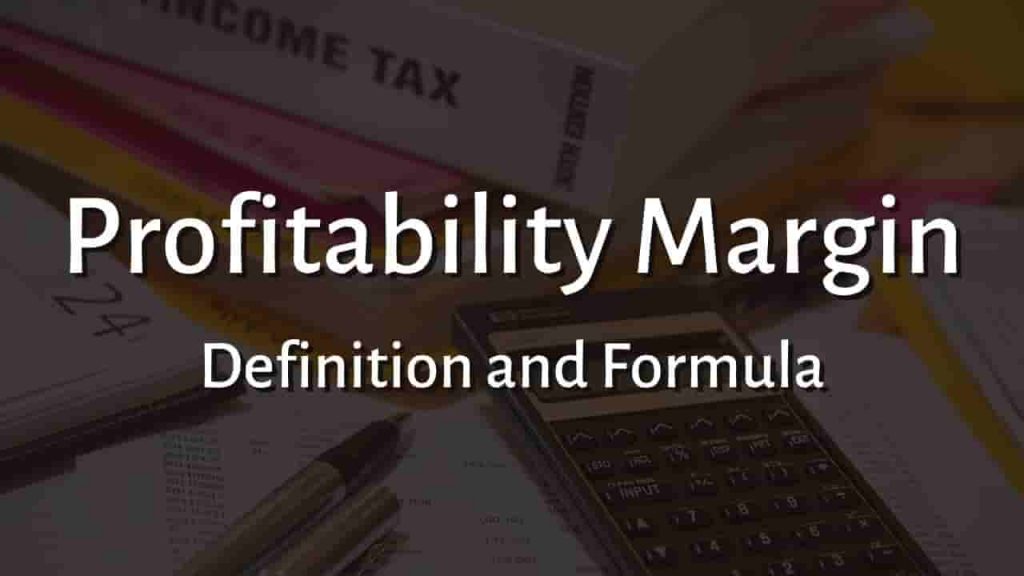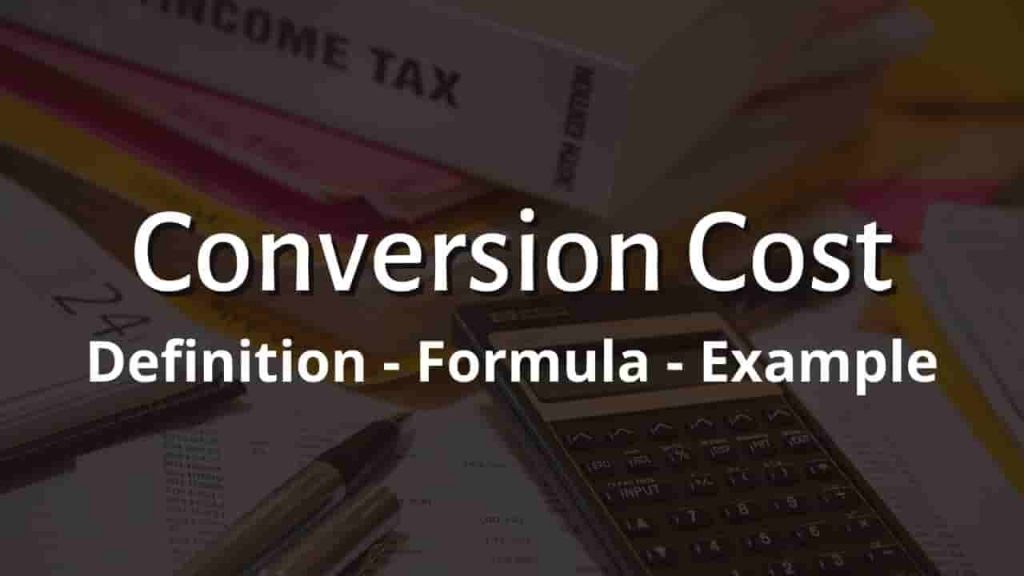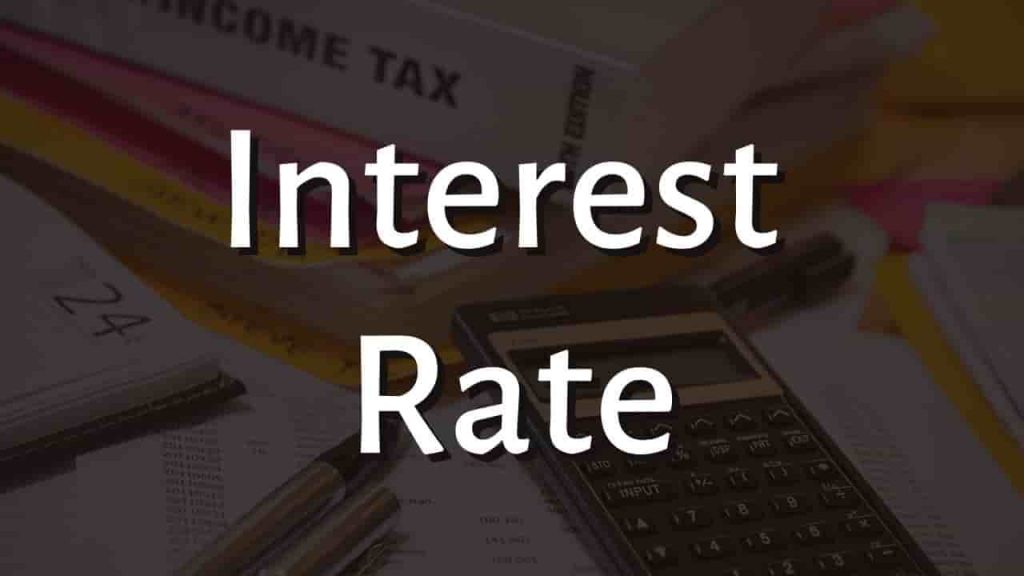Balance of Payment (BOP)
The balance of payments (BOP) is a report of all transactions that take place between entities in one country and the rest of the world during a certain time period, such as a quarter or a year.
The balance of payments of a nation indicates if it funds enough to cover its imports. It also shows whether the nation generates enough economic revenue to cover the costs of its expansion.
The balance of payments (BOP), also known as the balance of international payments, is a summary of all transactions that a country’s people, businesses, and government bodies make with individuals, businesses, and governments outside the country. Imports and exports of commodities, services, and capital, as well as transfer payments such as foreign aid and remittances, are examples of these transactions.
Balance of Payment Components
The BOP is split into three sections: current account, capital account, and financial account. There are sub-divisions within these three groups, each of which accounts for a particular form of international monetary transaction.
Current Account:
The current account is used to monitor the flow of goods and services between countries. This account records both receipts and payments for raw materials and finished goods. Which also contains receipts from manufacturing, tourism, shipping, corporate supplies, stocks, and patent and copyright royalties. When all goods and services are combined together, the result is a country’s Balance of Trade (BOT).
There are different types of international trade and exchanges that take place. It may be visible or invisible trade, unilateral transfers, or other payments/receipts. Trade-in goods between countries are related to as visible products, whereas trade in services (banking, information technology, etc.) is referred to as invisible items. Money sent as presents or contributions to citizens in other countries is referred to as unilateral transfers. This may also include personal payments, such as money sent from families to family members in another country.
Capital Account:
All international capital transfers are recorded in the capital account. This applies to the acquisition or disposition of non-financial assets (for example, land) and non-generated assets, which are needed for production but have not been produced, such as a mine used for diamond extraction.
The current account deficit or surplus is handled by funding from a capital account and vice versa. The capital account consists of three main components:
Loans and Borrowings: This category covers all forms of loans made in foreign countries from both the private and public sectors.
Investments: These are money invested in company stocks by non-residents.
Foreign Exchange Reserves: The capital account is influenced by foreign exchange reserves kept by a country’s central bank to track and stabilize the exchange rate.
Financial Account:
The financial account tracks the flow of funds from and to foreign countries through various investments in real estate, business projects, foreign direct investments, and so on. Changes in foreign ownership of domestic assets and domestic ownership of foreign assets are tracked by this account. Through observing these changes, it is possible to determine if the country is selling or accumulating more properties (like gold, stocks, equity etc).
Balance of Payment Surplus
A surplus in the balance of payments indicates that the nation exports more than it imports. It offers sufficient resources to cover all domestic demand. The nation can also lend outside its boundaries.
Balance of Payment Deficit
A balance-of-payments deficit indicates that the government imports more commodities, resources, and money than it exports. To pay for its imports, it must borrow from other countries.
For more click here and if you are looking for full forms of different acronyms and words then check out this list you really gonna find this helpful. We also have an Essay on every topic, Check the complete list here. If you are Studying in Matric Free Video Lectures of Maths, Physics and English are here, and we have got you covered for I.COM Business Maths also.







